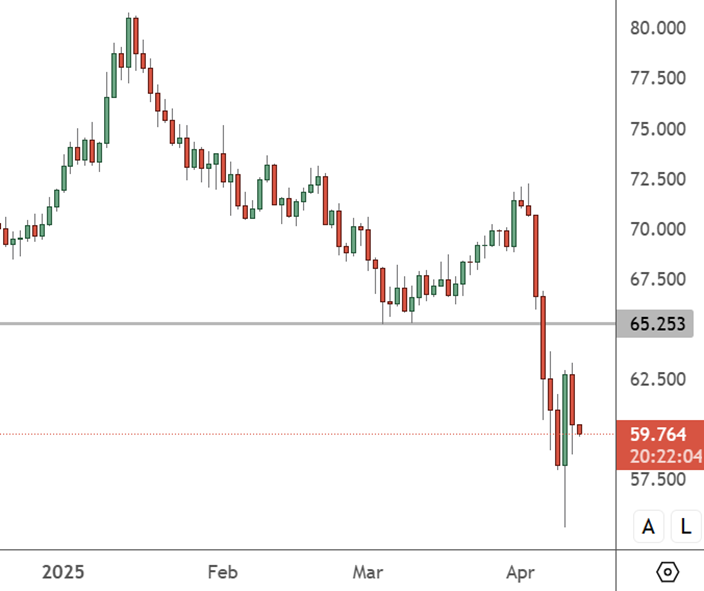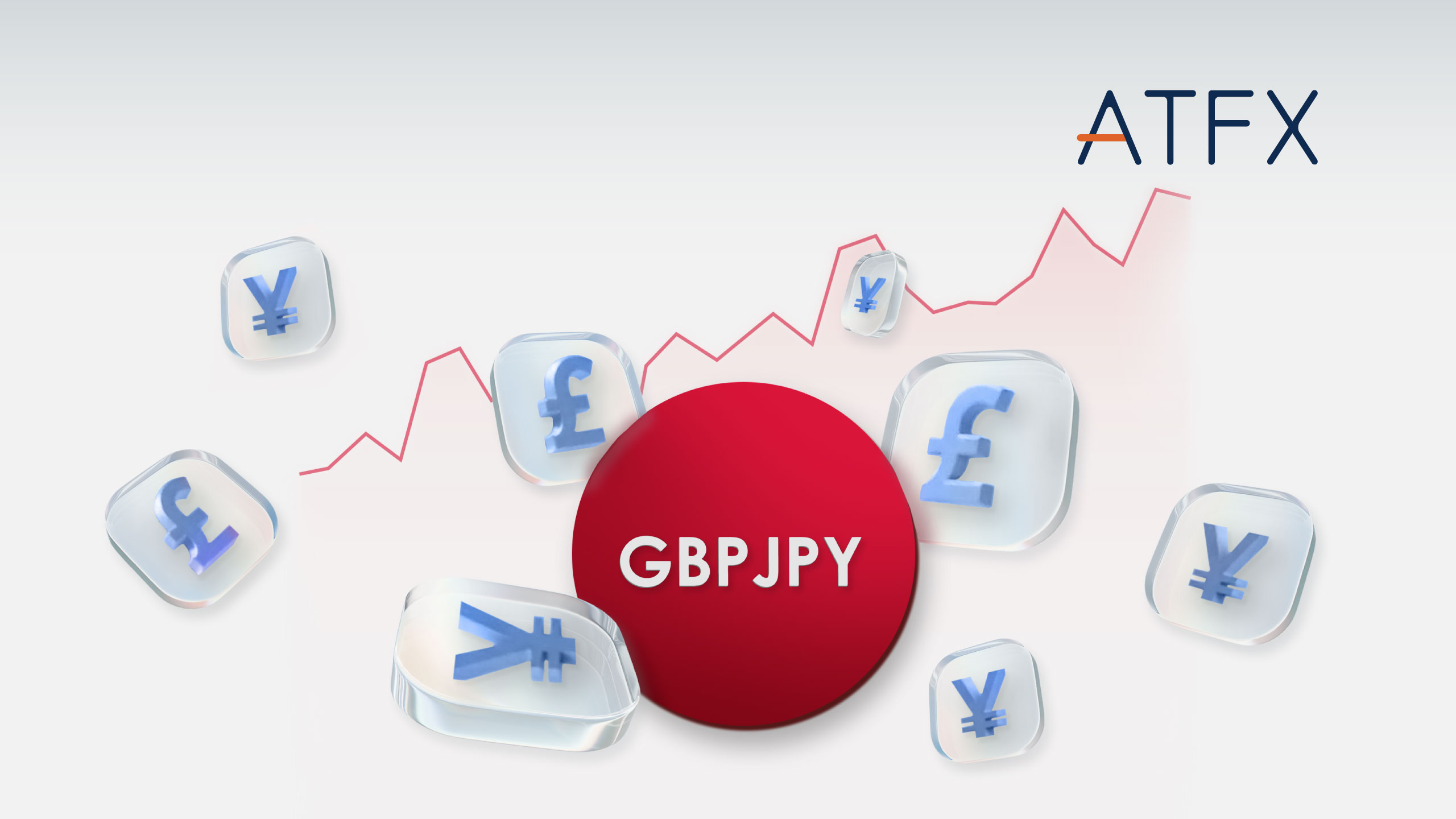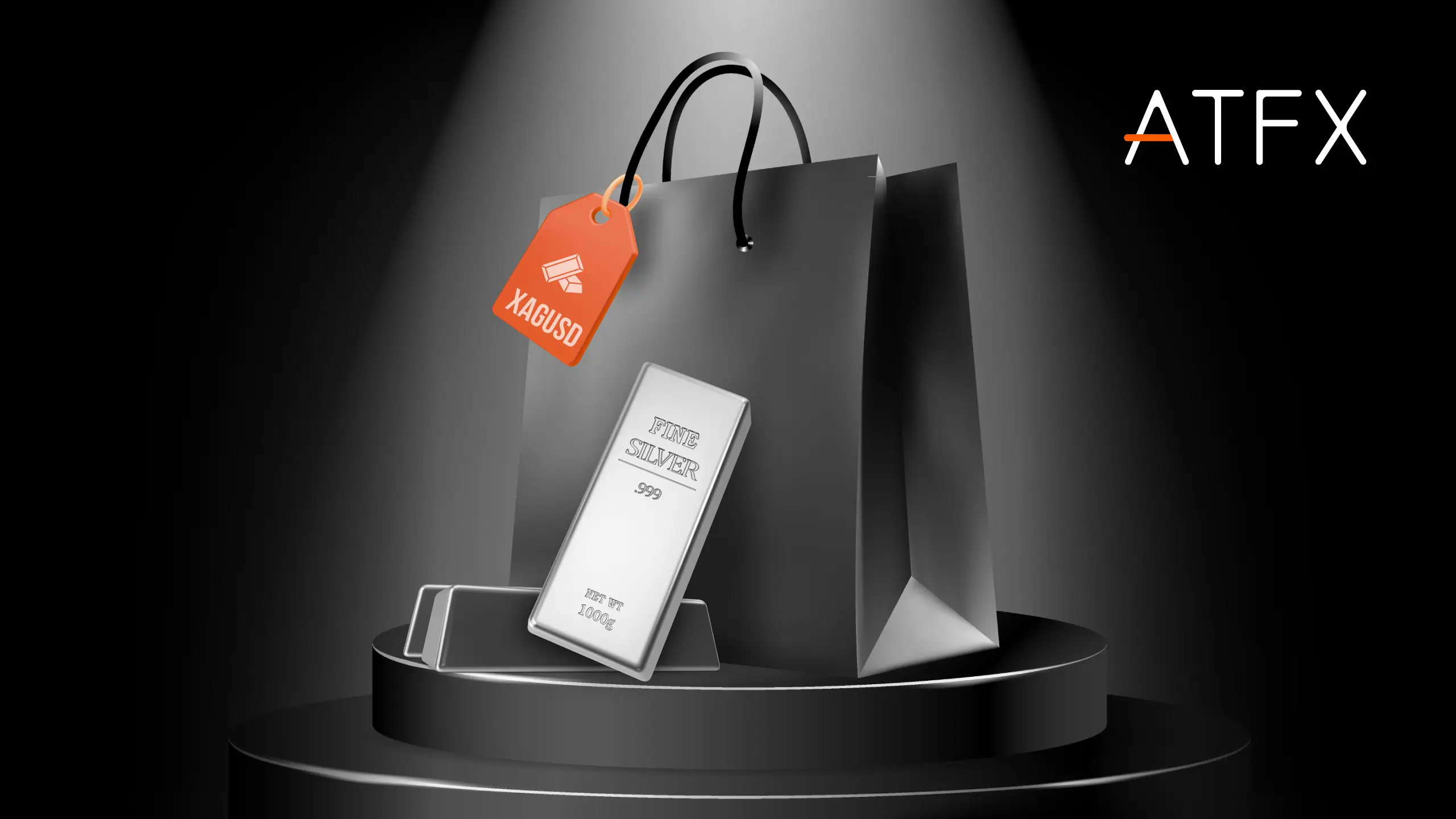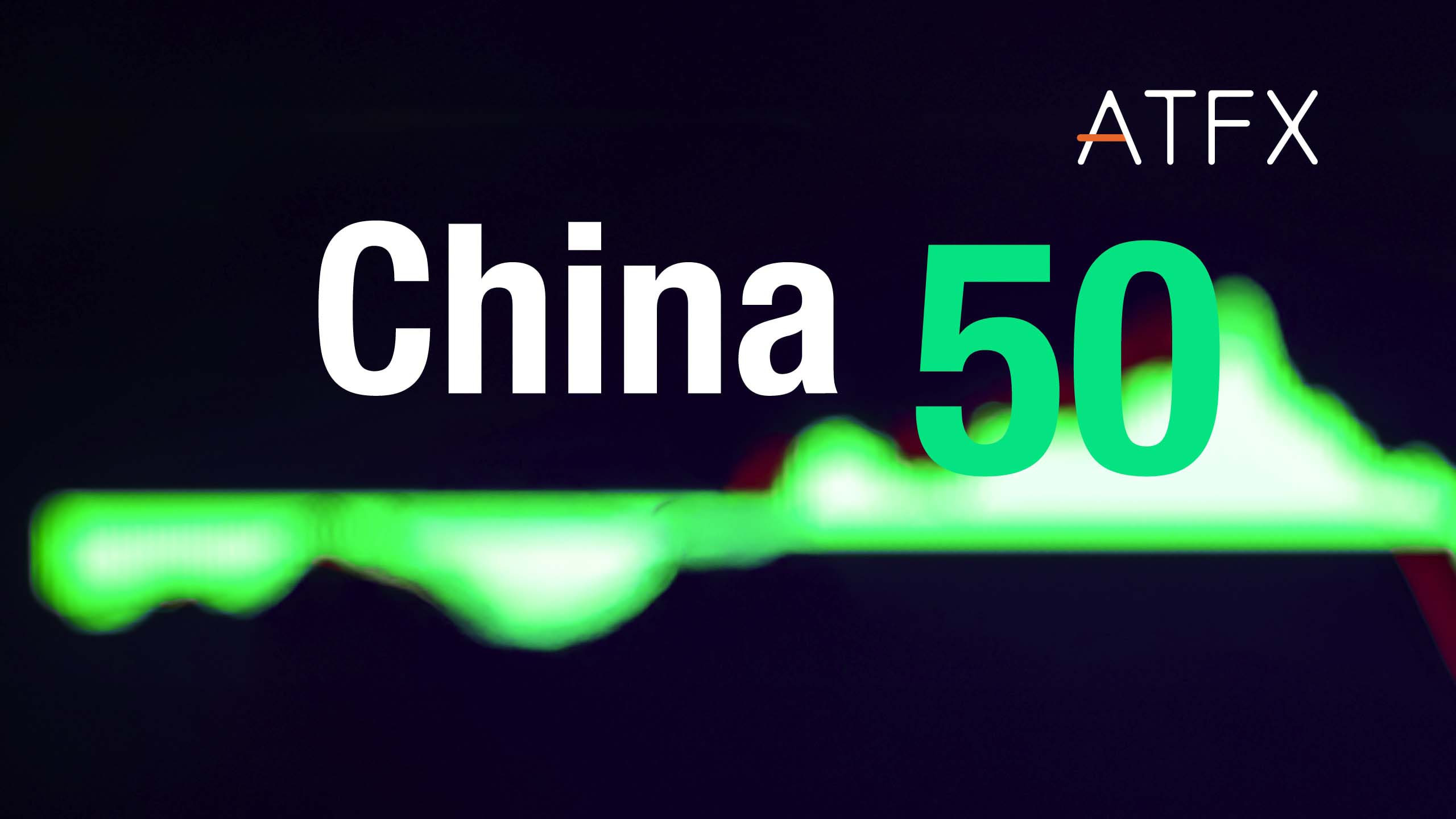Oil prices suffered badly from the tariff trade wars and traders are now looking for the price bottom.

USOIL – Daily Chart
The USOIL price has plunged below the key $65.23 level and is looking for a base around the $57.50 level.
Oil prices have suffered after Donald Trump’s tariffs on China, the world’s largest market for crude, which were met with retaliatory tariffs.
The uncertainty over trade flows has added to slower demand on economic slowdowns across the globe.
Meanwhile, US crude inventories rose by 2.6 million barrels in the week to April 4, the Energy Information Administration reported. That was nearly double the expectations of a Reuters poll for a 1.4-million-barrel rise. The market is still struggling with higher inventory and sluggish demand. The Keystone oil pipeline from Canada to the United States has also remained shut on Wednesday following an oil spill near North Dakota.
Investment bank Goldman Sachs has moved recently to reduce its price outlook for oil prices. The US bank cut its 2026 average price forecast by $4 for UKOIL to $58 a barrel and USOIL to $55.
Goldman Sachs now expects oil demand to grow by 300,000 barrels per day in 2025, down from its previous forecast of 600,000. A 400,000 bpd increase is expected in 2026. The bank has attributed the reduction in demand growth to the negative influence of a weaker GDP, which outweighs support from a weaker dollar and lower oil prices.
“Oil prices would likely exceed our forecast if the Administration were to reverse tariffs sharply and deliver a reassuring message to markets, consumers, and businesses,” Goldman said.
The oil price downturn also puts pressure on the finances of Gulf nations with Saudi Arabia said to need $90 per barrel to balance its fiscal budget. “The deficits on the fiscal side that we’re likely to see in the GCC (Gulf Cooperation Council) countries, especially big countries like Saudi Arabia, are going to be pretty significant,” Goldman Sachs’ Farouk Soussa told CNBC.
In previous times, that could’ve led to OPEC action but the group seems to have lost the ability to pull production in order to get prices higher and a wave of economic pressures is adding to the mix.


